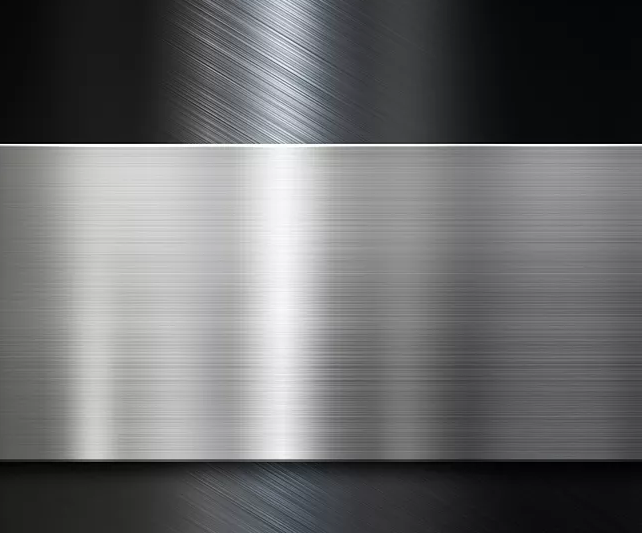Superficial Wiredrawing is a surface treatment method that uses grinding products to form lines on the surface of the workpiece to achieve a decorative effect. Wiredrawing processing has more and more market recognition and is widely used. In the construction industry, there are elevator door panels and escalator decorative panels. In the construction hardware industry, there are faucets, hinges, handles, lock decorative panels, etc.; kitchen appliances range hoods , stainless steel stove, sink, etc. The rise of various 3C digital products has pushed the application of wire drawing to a climax, such as notebook computer panels, keyboard boards, etc., mobile phone panels, LCD frames, battery covers, camera protective slides, and digital camera lens slides etc. There are also various other electronic products, such as: MP3, MP4, DVD players, projectors, etc. What we commonly see are locks, furniture, luggage accessories and other products.

Superficial Wiredrawing mainly includes: straight thread, thread, corrugation, random thread, spiral thread, etc.
Straight wire drawing
Straight wire drawing refers to using mechanical friction to process straight lines on the surface of the aluminum plate. It has the dual functions of brushing away scratches on the surface of the aluminum plate and decorating the surface of the aluminum plate. There are two types of straight grain drawing: continuous grain and intermittent grain. Continuous silk patterns can be obtained by continuously rubbing horizontally and linearly on the surface of the aluminum plate with a scouring pad or stainless steel brush (such as manual grinding under the condition of a device or using a planer to clamp the wire brush on the aluminum plate) by changing the wire diameter of the stainless steel brush. Textures of different thicknesses are available. Intermittent silk patterns are generally processed on brushing machines or rubbing machines. Production principle: Two sets of differential wheels rotating in the same direction are used. The upper set is a fast-rotating grinding roller, and the lower set is a slow-rotating rubber roller. The aluminum or aluminum alloy plate passes through the two sets of rollers and fine intermittent straight lines are brushed out.
Thread wire drawing
The thread surface drawing process is to use a small motor with a round felt on the shaft, fix it on the table at an angle of about 60 degrees with the edge of the table, and make a carriage equipped with a fixed aluminum plate to press the tea. A piece of polyester film with a straight edge is attached to the carriage to limit thread racing. The rotation of the felt and the linear movement of the carriage are used to create thread patterns of consistent width on the surface of the aluminum plate.
Corrugated wire drawing
Ripples are generally made on a brushing machine or a graining machine. The axial movement of the upper set of grinding rollers is used to grind the surface of the aluminum or aluminum alloy plate to obtain a wavy pattern.
Random wire drawing
Random wire drawing is an irregular, matte silk pattern without obvious lines obtained by rubbing the aluminum plate back and forth, left and right under a high-speed running copper wire brush. This kind of processing has high requirements on the surface of aluminum or aluminum alloy plates.
Swirling wire drawing
The spiral wire drawing process is a silk pattern obtained by using a cylindrical felt or a grinding nylon wheel mounted on a drilling machine, mixing polishing paste with kerosene, and rotating and polishing the surface of an aluminum or aluminum alloy plate. It is mostly used for decorative processing of circular signs and small decorative dials.

